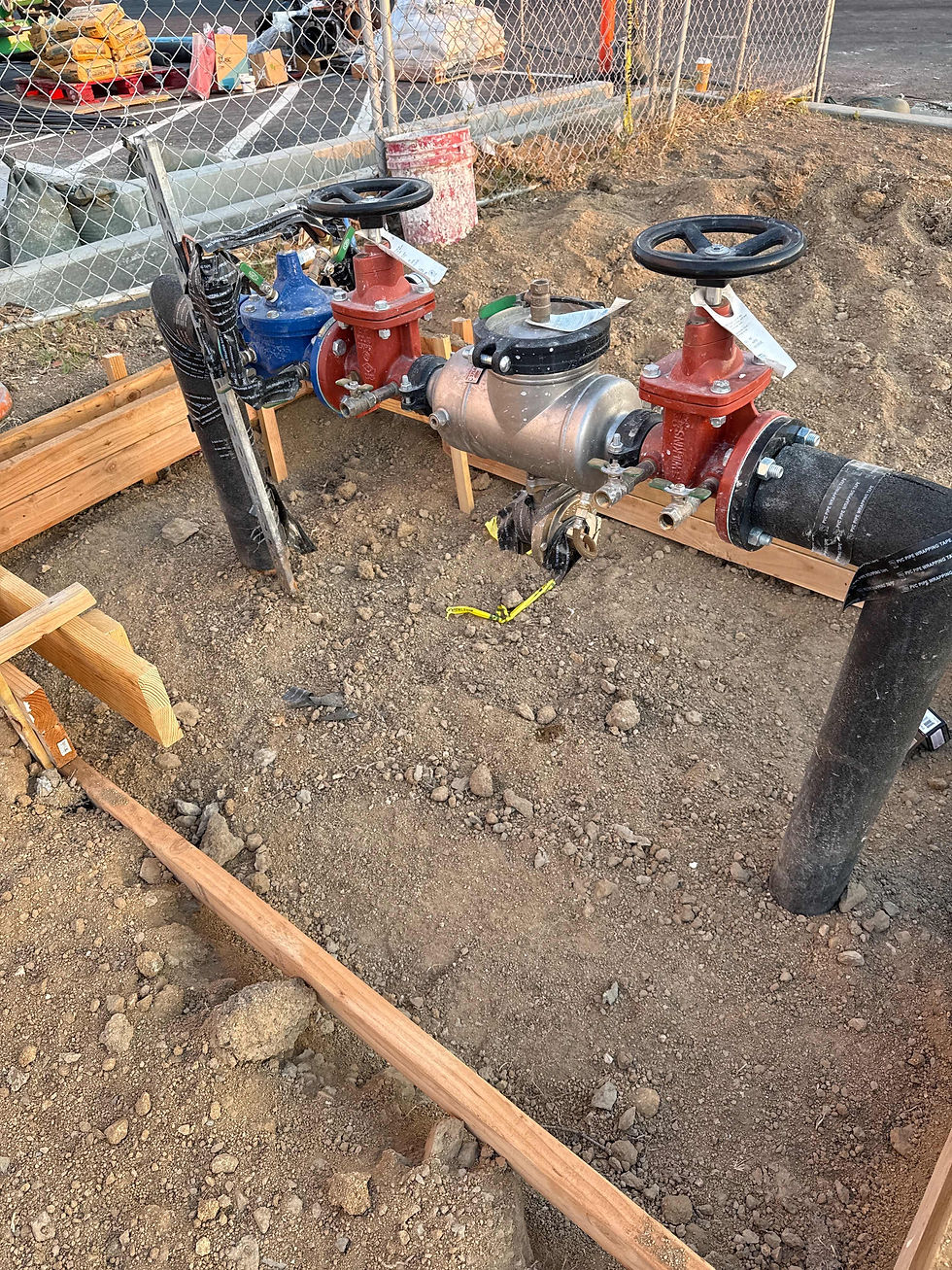Backflow Prevention Containment: Understanding the Importance of Containing Contamination
- bill57931
- Jun 14, 2024
- 2 min read

Backflow prevention is a critical aspect of ensuring the safety and integrity of a water distribution system. However, even with the best backflow prevention devices in place, there is still a risk of contamination occurring through other means.
This is where backflow prevention containment comes in. In this blog post, we'll explore the concept of backflow prevention containment, its importance, and the various methods used to contain contamination.
What is Backflow Prevention Containment?
Backflow prevention containment refers to the measures taken to prevent contamination from spreading through a water distribution system in the event of a backflow event. Backflow events occur when the water pressure in a distribution system drops, causing water to flow backwards into the system. This can happen due to a variety of factors, including power outages, water main breaks, or construction activities.
Importance of Backflow Prevention Containment
Backflow prevention containment is essential for ensuring the safety and integrity of a water distribution system. When a backflow event occurs, it can allow contaminants to enter the system and potentially spread to other areas. This can have serious consequences, including:
Waterborne Illness: Contaminated water can spread waterborne illnesses, such as cholera and E. coli, to consumers.
Property Damage: Contamination can also cause damage to property, including pipes, pumps, and other equipment.
Environmental Concerns: Contaminated water can also pose environmental concerns, including harm to aquatic life and ecosystems.
Methods of Backflow Prevention Containment
There are several methods used to contain contamination in the event of a backflow event. Some of these include:
Backflow Prevention Devices: Backflow prevention devices, such as check valves and double-check valves, are designed to prevent backflow from occurring in the first place.
Containment Devices: Containment devices, such as pressure-activated valves and flow-restricting devices, are designed to contain backflow events once they occur.
Hydraulic Separation: Hydraulic separation involves creating a physical barrier between the contaminated water and the rest of the distribution system.
New Ideas and Advice
When it comes to backflow prevention containment, there are several new ideas and advice that can be applied to ensure optimal performance and reliability. Some of these include:
Regular Maintenance: Regular maintenance is essential to ensure the continued performance and reliability of backflow prevention devices and containment systems.
Testing and Inspection: Regular testing and inspection of backflow prevention devices and containment systems is critical to ensure they are functioning properly.
Training and Education: Providing training and education to water utility personnel and emergency responders can help ensure that they are equipped to respond to backflow events effectively.
Conclusion:
In conclusion, backflow prevention containment is a critical aspect of ensuring the safety and integrity of a water distribution system. By understanding the importance of backflow prevention containment and the various methods used to contain contamination, water utilities and emergency responders can take steps to prevent and mitigate the effects of backflow events.
By staying up-to-date with the latest information and best practices, we can continue to improve the performance and reliability of backflow prevention containment systems, ultimately ensuring a safer and more reliable water supply.







Comments